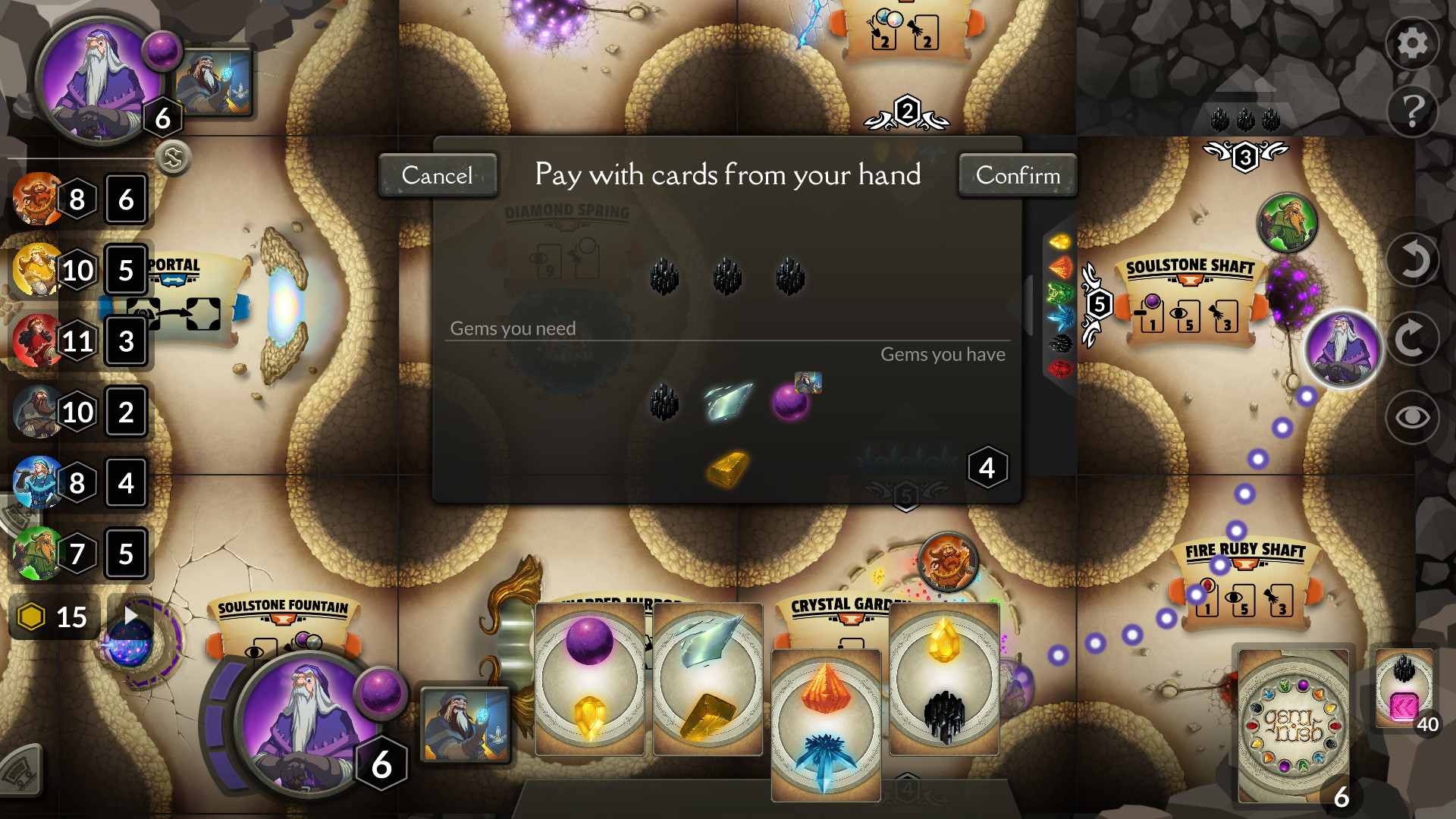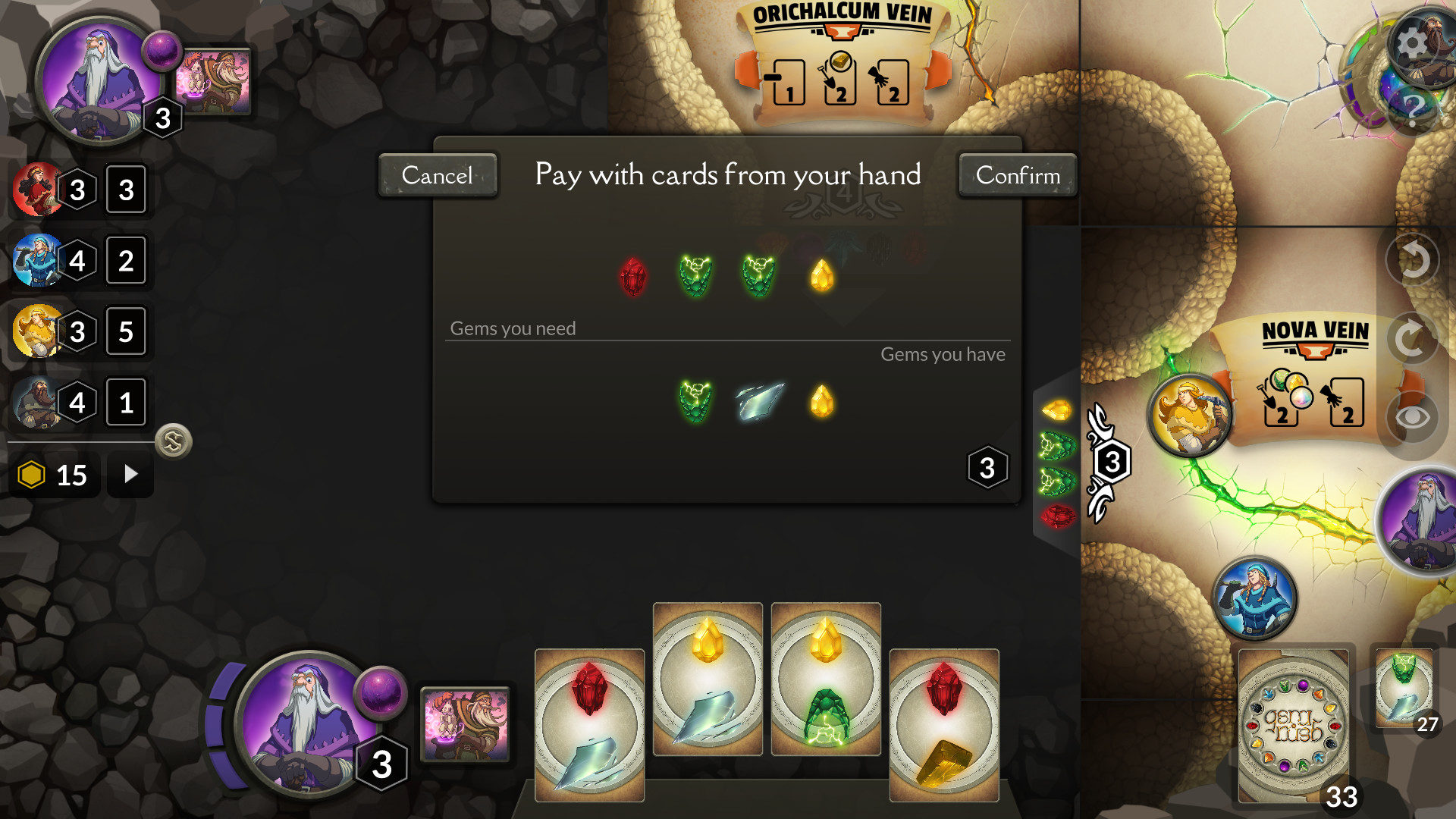Golden Rush is an 'unusual' MOBA from the creators of My Lands: Black Gem Hunting. The game features four teams facing off in one of two modes. Review for the Tiles Hop: EDM Rush! Game at Best100games Version Reviewed.
Install Command Line Tools
To install the command line tools to compile native extensions, open a terminal and run:

Install Ruby
Jekyll requires Ruby v2.4.0 or higher.macOS Big Sur 11.x ships with Ruby 2.6.3. Check your Ruby version using ruby -v.
If you're running a previous version of macOS, you'll have to install a newer version of Ruby.
With Homebrew
To run the latest Ruby version you need to install it through Homebrew.
Add the brew ruby and gems path to your shell configuration:
Relaunch your terminal and check your Ruby setup:
You're now running the current stable version of Ruby!
With rbenv
People often use rbenv to manage multipleRuby versions. This is very useful when you need to be able to run a given Ruby version on a project.
Restart your terminal to apply your changes.Next, you can install the Ruby version you want. Let's install the latest stable version:
That's it! Head over to rbenv command references to learn how to use different versions of Ruby in your projects.
Install Jekyll
After installing Ruby, install Jekyll and Bundler.
Local Install
Gem Rush Mac Os X
Install the bundler and jekyll gems:
Get your Ruby version:
Append your path file with the following, replacing the X.X with the first two digits of your Ruby version:
Check that GEM PATHS: points to your home directory:
Every time you update Ruby to a version in which the first two digits change, update your path to match.
Mac Os Mojave
Global Install
We recommend not installing Ruby gems globally to avoid file permissions problems and using sudo.
On Mojave (10.14)
Because of SIP Protections in Mojave, run:
Before Mojave (<10.14)

Install Ruby
Jekyll requires Ruby v2.4.0 or higher.macOS Big Sur 11.x ships with Ruby 2.6.3. Check your Ruby version using ruby -v.
If you're running a previous version of macOS, you'll have to install a newer version of Ruby.
With Homebrew
To run the latest Ruby version you need to install it through Homebrew.
Add the brew ruby and gems path to your shell configuration:
Relaunch your terminal and check your Ruby setup:
You're now running the current stable version of Ruby!
With rbenv
People often use rbenv to manage multipleRuby versions. This is very useful when you need to be able to run a given Ruby version on a project.
Restart your terminal to apply your changes.Next, you can install the Ruby version you want. Let's install the latest stable version:
That's it! Head over to rbenv command references to learn how to use different versions of Ruby in your projects.
Install Jekyll
After installing Ruby, install Jekyll and Bundler.
Local Install
Gem Rush Mac Os X
Install the bundler and jekyll gems:
Get your Ruby version:
Append your path file with the following, replacing the X.X with the first two digits of your Ruby version:
Check that GEM PATHS: points to your home directory:
Every time you update Ruby to a version in which the first two digits change, update your path to match.
Mac Os Mojave
Global Install
We recommend not installing Ruby gems globally to avoid file permissions problems and using sudo.
On Mojave (10.14)
Because of SIP Protections in Mojave, run:
Before Mojave (<10.14)
Run:
Troubleshooting
See Troubleshooting or ask for help on our forum.

